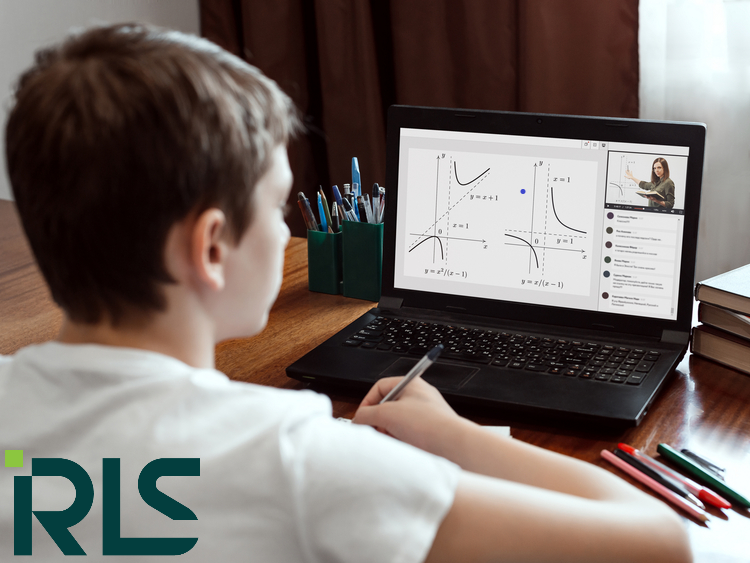
The following commands are used by your sensors and targeting computer:
| Binding Name | Keyboard & Mouse | Gamepad |
| Target Ahead | T | Y Button |
| Cycle Next Ship | G | Gamepad |
| Increase Sensor Zoom | Page Up | Page Up |
| Decrease Sensor Zoom | Page Down | Page Down |
All ships are fitted with a sensor suite module that allows you to detect and identify ships and structures around you. The sensor module works by detecting thermal and EM emissions from ships and structures, matching these signatures against its library of entities.
The sensor system uses two forms of pilot feedback. The first is the sensor disc, situated centrally at the bottom of your cockpit’s Pilot Interface
This element describes a sphere of space around a central point – your ship, and the flat plane drawn is a “slice” of the sphere, parallel to your ship’s horizontal plane. When your ship’s sensors detect entities, they are represented as markers, placed on the sensor disc. The position of a marker relative to the central point describes the entity’s location in space relative to your ship.
For example, a marker to the left of the central point represents an entity that is to the left of your space ship. If the maker sits above the flat plane, connected to it by a descending, vertical line, then the entity it represents is above your ship.
You can adjust the scale of your sensor disc using INCREASE SENSOR ZOOM and DECREASE SENSOR ZOOM. When contacts are very close to you, you might want to decrease your sensor zoom to increase the granularity of nearby contacts. When contacts are far, you might want to increase zoom.
As long as your sensor module is powered you have access to the following sensor operations: Passive Scan: active at all times, your ship’s passive scan automatically detects emissions in a three hundred and sixty degree radius and is able to reveal contacts of ships and structures around you.
When the emissions are very weak or very far away, the sensor system can only approximate the location of the emission source, and will not provide any information or targeting solutions. Such detections are called unresolved contacts – they appear as sensor disc markers that flicker and constantly change position.
When the emissions are strong enough, or close enough (this distance is determined by the rating of the sensor module versus the strength/distance of the emissions) the sensor system will pinpoint the position of the emissions source and reveal the type ship/structure. Such detections are called resolved contacts, appearing as fixed markers on the sensor disc that can be locked into your ship’s targeting computer.
Initiate Basic Scan: Your ship sensor module has narrow beam, active scan capability which lets you learn more details about a resolved contact.
To initiate a basic scan, you must lock the resolved contact into your ship’s targeting computer. There are a number of different ways to do this.
Targeting: The first way to lock a resolved contact into your targeting computer is to target it directly. To do this you will need to manoeuvre your ship until the resolved contact marker is positioned directly in front of the sensor disc’s central point, more or less sitting flat on the sensor disc’s plane.
This will place the resolved contact directly in front of your ship. You will note that a segmented diamond element appears on your canopy HUD around the entity. Use TARGET AHEAD to lock the entity into your targeting computer.
Alternatively, you use the Pilots Interface Focus Mode to navigate to your Target Panel, view the Contacts Tab, and select the resolved contact directly from the list of resolved contacts present. Doing so will lock the resolved contact into your targeting computer.
Finally, you can automatically lock the resolved contact into your targeting computer by using CYCLE NEXT SHIP. Each time you use this command your ship’s targeting computer will lock the next resolved contact present at your location.
You can only lock a single ship/structure/anomaly into your targeting computer at a time. When you have a resolved contact locked into your targeting computer its sensor disc marker will become bracketed, allowing you to quickly locate it. A schematic of the target will also display on the Pilot’s Interface and its type of entity will be displayed next to it.
Additionally, when you are facing a resolved contact that has been locked into your targeting computer your canopy HUD will display a marker around the entity itself. If the target is a ship, the canopy HUD marker will display three triangles around it. These triangles are three dimensional and rotate to show the ship’s facing.
If the target is not a ship, the canopy HUD marker will display as brackets around the target. Next to the marker, the distance to the target is displayed, along with its known name or type. Completing the Basic Scan: To complete the basic scan, simply keep facing a target.
You will see “Scanning” displayed in the Pilot’s Interface. Over the course of the next few seconds, additional details can be learnt about the target, including its name, hull and shield strength, and criminal status at this location. You will also reveal the target subsystems (if it has any). These can be viewed by using the Pilot’s Interface Focus Mode, navigating to your Sub-Targets Tab in the Target Panel.
Completing a basic scan is very important. Not only do you learn additional details about a target, but, in the case of ships, you learn its criminal status, which will inform you whether you can legally attack the target without committing a crime.
Once you have completed a basic scan on a resolved contact you will retain all information gained whilst it stays at your location. Even if your sensors lose the emissions of the contact, should you reacquire it the results of the basic scan will be instantly reapplied
Advanced Scan (Optional modules required): Your ship can be fitted with a number of advanced scanner modules, which let you learn additional information about your current target that you would otherwise be unable to obtain.
For all intents and purposes, such scanners are treated as weapons which must be assigned to a fire group and “fired” at your target for a set length of time.
Advanced scanners are active and highly visible to a ship’s sensors. You will be notified when you are the target of an advanced scan, though your sensor will not be able to determine the origin source.





